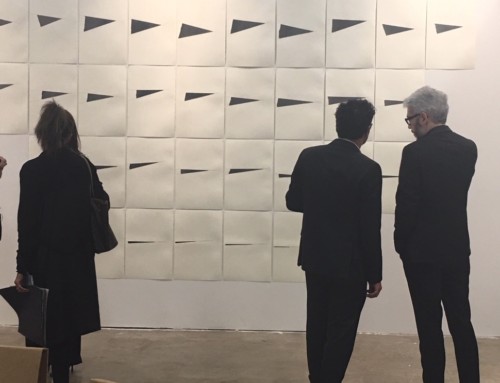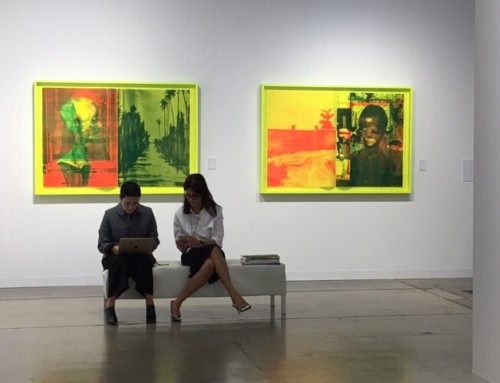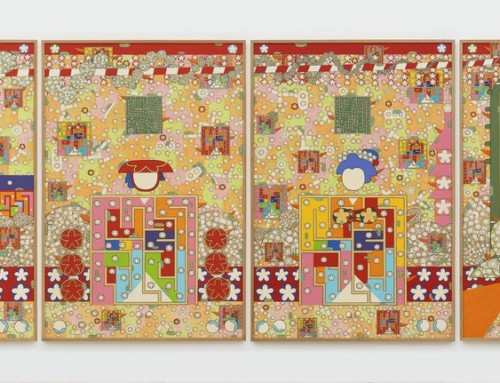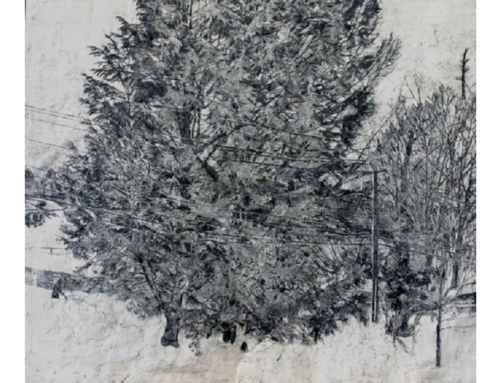Sixty-four years after his death, the work of the Uruguayan artist Joaquin Torres Garcia still reigns the market of South American art.
According to a recent report by the Associated Press, his oil painting “T No.1 –Peinture” was the “great star” of the night of the auction of Latin American art by Sotherby’s in May, sold at $1’445, 000 dollars.
Painted from 1929 to 1931, the painting is 28 ¾ by 23 5/8 inches (or 73 by 60 centimeters). The price surpassed considerably the sales price estimated by Sotherby’s from $700,000 to $9,000, the report said.
Joaquin Torres Garcia (1874-1949) is considered to be the father of abstraction in South America. He is the founder of the school of Constructive Universalism, a movement that advocated “the true idea of our position” (in the world), having turned the map of South America upside down. “ The point of America, from now on, forever, insistently points to the South, our north (referring to the north star that the guides a ship in its journey)”.
His movement urged young Latin American artists to not forget their identity and their position to construct an on-going contemporary language in the arts, a position derived from a solid formal investigation based on the universal awareness of human nature and destiny from a Latin American perspective.
Torres Garcia entered the art scene of the 20s first in Europe and then in New York where he was in contact with the Society of Independent Artists, founded by Katherine Sophie Dreier, Marcel Duchamp and Man Ray, among others.
Then, he returned to Europe and became a close friend and collaborator of Theo Van Doesburg. Soon he was part of a group of artists that formed the “Cercle et Carre” (Circle and Square), led by Piet Mondrian. The group promoted the first exhibition of constructivist and abstract art in 1930, and founded a magazine also called Cercle et Carré.
In 1934, he returned to his native Uruguay, where he painted and wrote profusely on the subject of universal constructivism, following the order and logic found in rules of composition such as the golden ratio and the inclusion of symbolic figures that reflected the traditional Pre-Columbian indigenous symbolism that represent man, knowledge, science, and the city.
*Cover image: “T No.1 – Peinture by Joaquin Torres Garcia”







